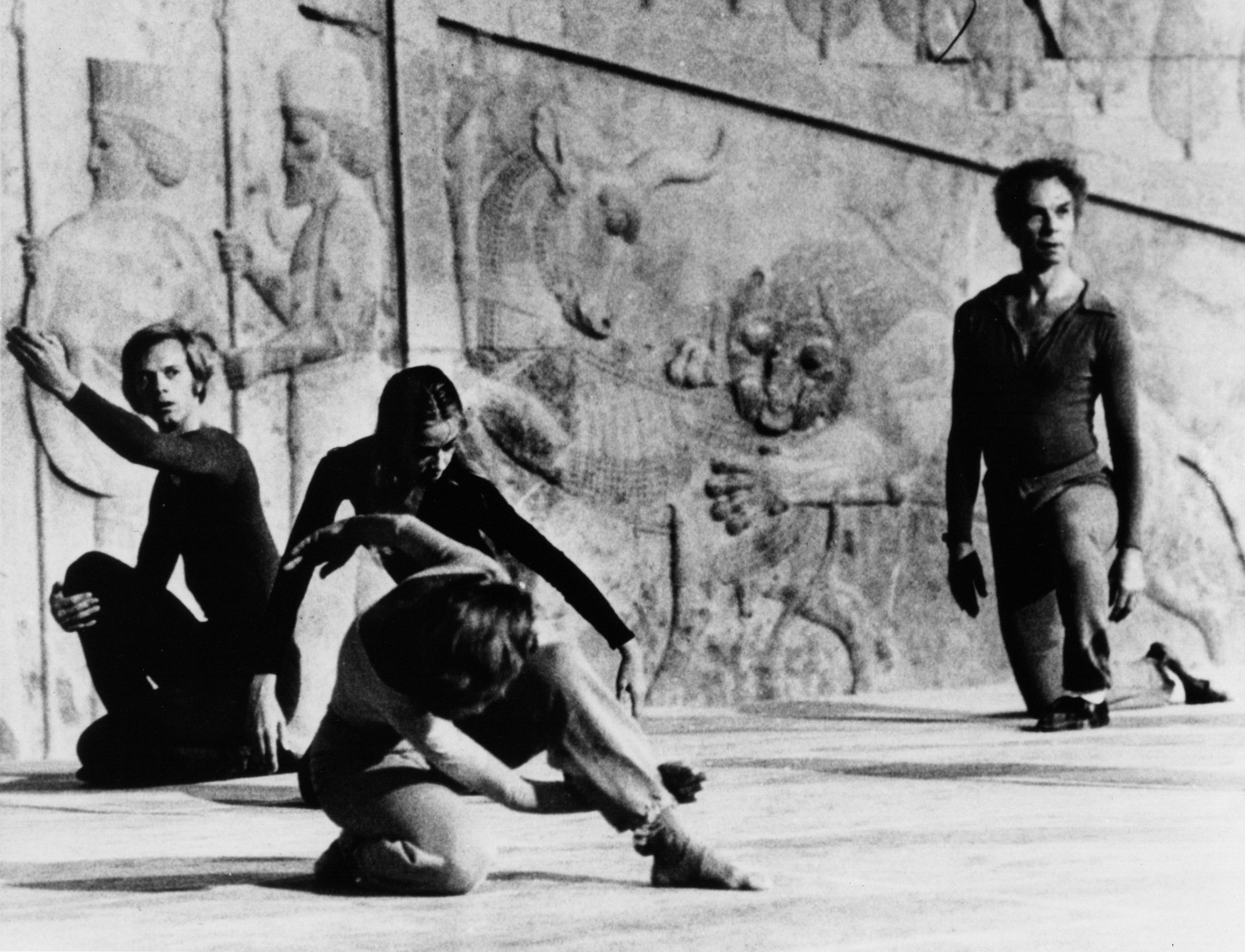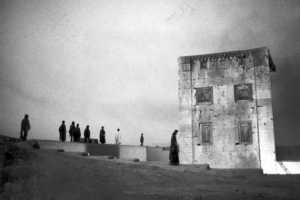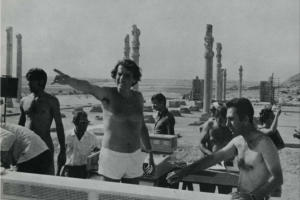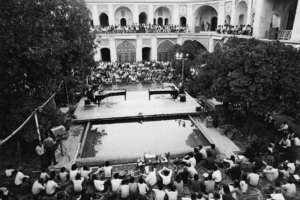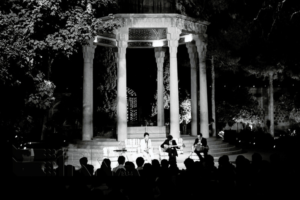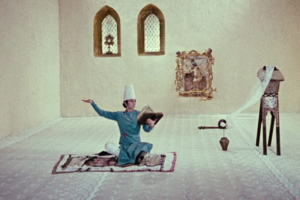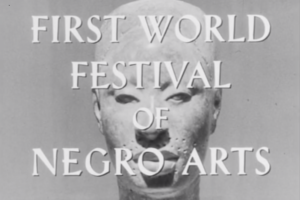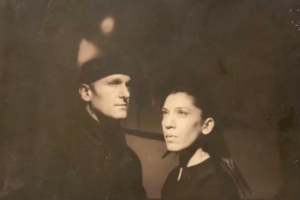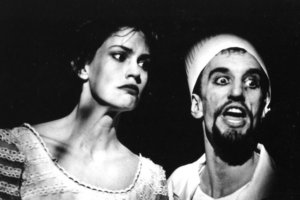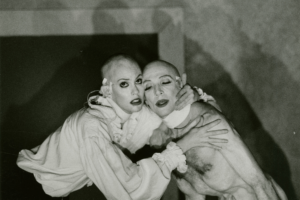Conversations around the Festival of Arts, Shiraz-Persepolis (1967-77)
Conversations around the Festival of Arts, Shiraz-Persepolis (1967-77)
Bowerbird, in collaboration with Slought and co-curated with Vali Mahlouji / Archaeology of the Final Decade, is pleased to present “Beyond Borders”, a mini-symposium introducing and exploring the Shiraz Festival of Arts, an international festival held annually in Iran from 1967 to 1977. The Shiraz Arts Festival featured music, theater, dance, and film staged at ancient, medieval, and modern venues. The festival cut across time and musical boundaries, stimulating a dialogue among generations, cultures, and languages and featuring a diverse lineup of artists that included Morton Feldman, John Cage, Merce Cunningham, the National Ballet of Senegal, and Iranian classical singers Mohammad-Reza Shajarian and Parissa, among many others. This series of events brings together an international network of artists, curators, and scholars to delve into the festival’s rich and contested history and artistic legacy. Programs will include rare archival materials, including films, performance documentation, and concert ephemera.
“Excavating A Utopian Stage: Restaging the Festival of Arts, Shiraz-Persepolis.” Lecture by Vali Mahlouji
In conversation: Vali Mahlouji and Dustin Hurt
Screening of archival footage
Talk: “Dead or alive. Aspects concerning the performance and interpretation of Xenakis’ polytopes today” by Daniel Teige
Screening: “Iannis Xenakis, Persépolis” (1971, dir Pierre Andrégui)
In conversation: Anahita Abbassi, Sepehr Pirasteh, and Dustin Hurt
Online Concert: Iranian Contemporary Music with Arcana New Music Ensemble
Talk: “Shiraz Festival and Its Legacies Through the lens of the Revivalist Trends in Iranian Folk Music” by Armaghan Fakhraeirad
Talk: “East and West, West and East: Alireza Mashayekhi, the Shiraz Festival, and the Origins of Electronic Music in Iran” by Bob Gluck
Talk: “The Shiraz Festival and Its Place in the Historical Narrative” by Joshua Charney
The Festival of Arts, Shiraz-Persepolis (also known as the Shiraz Arts Festival and the Shiraz Festival of the Arts) took place over eleven editions from 1967 to 1977. Accompanied by symposia and debates, the festival program included music, dance, drama, poetry and film, performed in a variety of venues in central Iranian city of Shiraz and surrounding areas, including the ruins of Persepolis (ceremonial capital of ancient Persia), Naqsh-e Rostam, Hafezieh, Bagh-e Delgosha, Narenjestan, Bazaar-e Vakil, Jahan-Nama Garden, Saray-e Moshir and a concert hall on the Shiraz University campus.
Artists that were prominently featured included Iannis Xenakis, Karlheinze Stockhausen, Morton Feldman, Merce Cunningham Dance Company, John Cage, David Tudor, Abbey Lincoln, Yehudi Menuhin, Martha Argerich, Max Roach, Peter Brook, Peter Schumann and Bread & Puppet Theater, Robert Wilson, Ravi Shankar, the National Ballet of Senegal, and Iranian classical singers Mohammad-Reza Shajarian and Parissa, among many others.
Focused on both traditional and avant-garde arts, the festival brought internationally acclaimed artists from across the globe. The festival also sought out and showcased gifted Iranian artists old and young who relished sharing the stage with fellow artists from India, Japan, Indonesia, Africa, the Middle East, Europe and Latin America. The intentional mixture of East and West, traditional and experimental, created a platform for the bilateral exchange of creativity and inspiration.
While the festival had utopian aspirations, its founding and patronage by Shahbanu Farah Pahlavi (wife of the Shah of Iran, Mohammad Reza Pahlavi), and the fast changing socio-political landscape (the rise of both anti-Shah sentiment and Islamic fundamentalism) in Iran, the festival attracted numerous controversies, and eventually, artist boycotts. The twelfth edition of the festival was canceled due to the onset of the Islamic Revolution in 1978.
Presented in collaboration with Slought. Co-curated with Vali Mahlouji / Archaeology of the Final Decade.


Caligula, Albert Camus (playwright), Arby Ovanessian (director), Kargah-e Namayesh – Persepolis, 1974; Photo Mehdi Khonsari; Courtesy Archaeology of the Final Decade Archives

